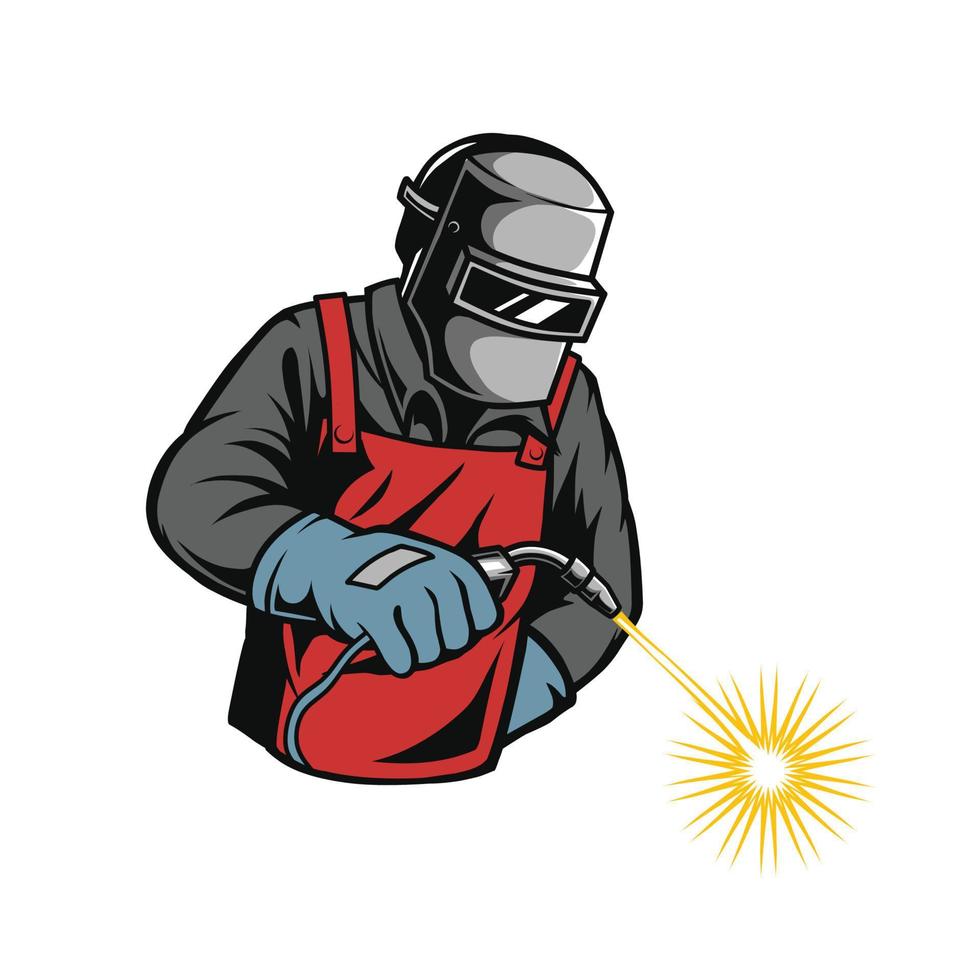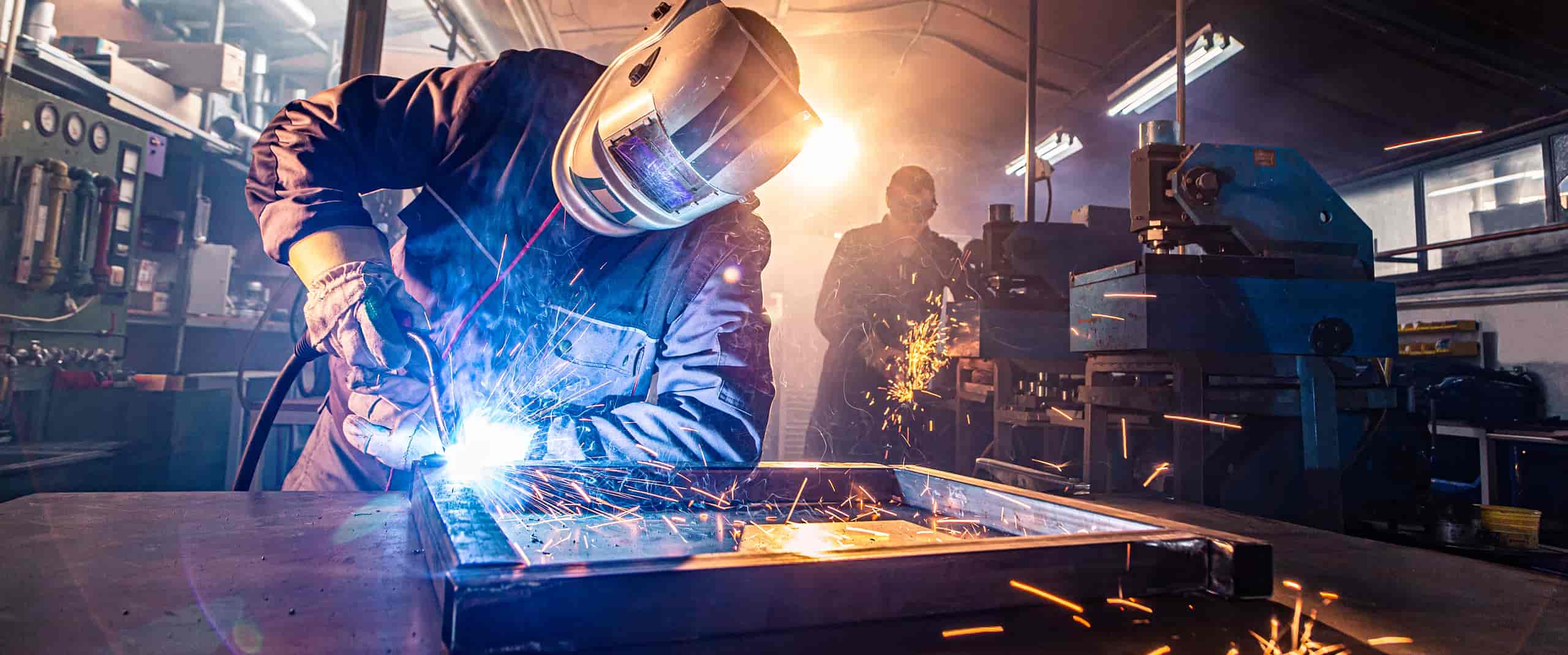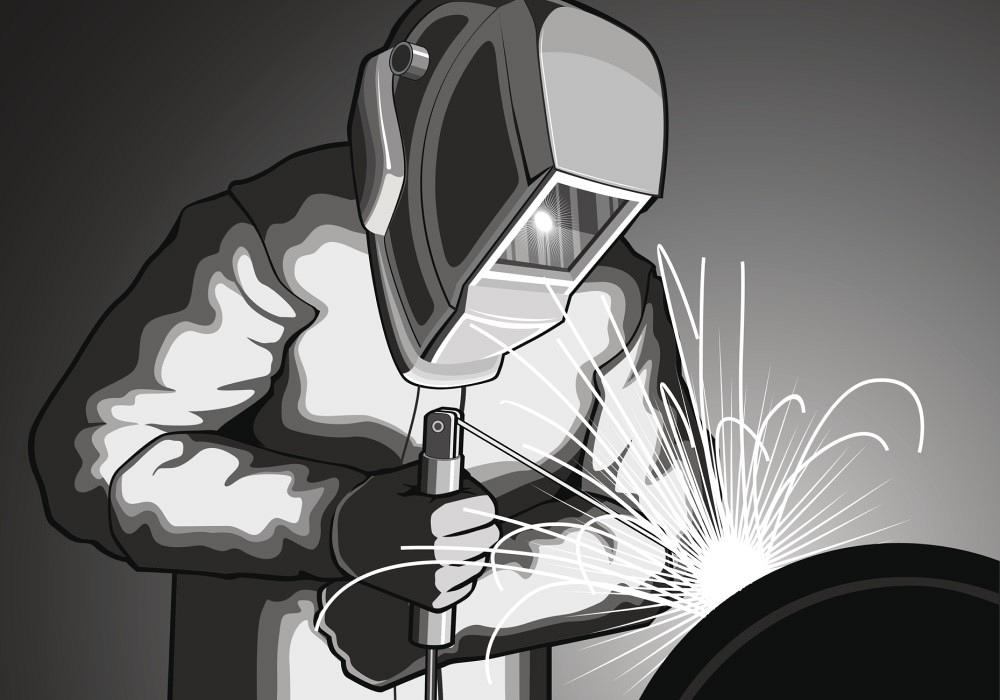Enhancing Your Welding WPS: Techniques for Improved Efficiency and Effectiveness
Enhancing Your Welding WPS: Techniques for Improved Efficiency and Effectiveness
Blog Article
The Ultimate Overview to Welding WPS Procedures: An Extensive Introduction for Welders
In the complex globe of welding, Welding Procedure Requirements (WPS) offer as the foundation of making certain high quality, consistency, and safety in welding operations (welding WPS). As we dig into the different parts of a WPS and check out the ins and outs of qualification and certification, we will uncover the crucial duty these procedures play in the realm of welding.
Relevance of WPS Procedures
Comprehending the value of Welding Procedure Specifications (WPS) treatments is vital for making sure the top quality and integrity of welded frameworks. WPS treatments function as a roadmap for welders, outlining the essential actions, parameters, and products required to achieve an audio weld. By adhering to WPS guidelines, welders can make certain uniformity in their job, bring about reputable and structurally sound welds.
One of the primary factors why WPS treatments are essential is their role in preserving weld top quality and stability. Complying with the defined welding criteria and strategies detailed in the WPS assists avoid issues such as porosity, breaking, or insufficient blend, which can endanger the toughness and sturdiness of the weld.

Elements of a WPS
A Welding Treatment Specification (WPS) generally consists of essential elements that detail the specific requirements for performing a weld, making sure uniformity and quality in the welding procedure. The key elements of a WPS consist of important variables such as base steels, filler steels, preheat and interpass temperature levels, welding processes, protecting gases, welding settings, and post-weld heat therapy demands.
Base metals refer to the products being joined, while filler metals are made use of to load the space between the base steels during welding. Preheat and interpass temperatures are critical for controlling the warmth input and stopping problems like breaking or distortion. The welding process lays out the details method to be utilized, whether it's gas steel arc welding (GMAW), protected metal arc welding (SMAW), or an additional approach. Shielding gases protect the weld swimming pool from atmospheric contamination. Welding positions specify the positionings in which welding can be done. Post-weld warm treatment might be necessary to alleviate tensions and improve the weld's residential or commercial properties. A thorough understanding of these elements is important for developing a effective and detailed WPS.

Qualification and Accreditation
Having actually established the important elements of a Welding Procedure Specification (WPS), the emphasis now moves towards the important elements of certification and certification in welding practices.

Certification, on the other hand, is the formal recognition of a welder's certifications by an appropriate accreditation body or company. Welding qualifications are commonly based on the specific welding procedures, products, and placements a welder is certified to collaborate with. Holding a legitimate welding qualification demonstrates that a welder satisfies market requirements and is qualified to do welding jobs to the needed specs.
Developing a WPS
To establish a Welding Procedure Spec (WPS) check this that satisfies industry requirements, cautious consideration of welding processes, materials, and functional criteria is important (welding WPS). The initial step in developing a WPS is to identify the welding procedure to be utilized, such as gas metal arc welding (GMAW) or secured steel arc welding (SMAW) When the welding procedure is figured out, the next crucial facet is picking the appropriate products, taking into consideration aspects like base metal type, thickness, and joint design. Functional parameters such as welding existing, voltage, travel rate, and protecting gas composition must likewise be carefully specified in the WPS.

Applying and Monitoring WPS
Upon wrapping up the comprehensive Welding Treatment Spec (WPS) that diligently information welding procedures, products, operational parameters, and quality guarantee procedures, the emphasis changes to properly applying and checking the recognized treatments. Implementation entails making sure that all welders involved in the project are acquainted with the WPS and follow it carefully throughout the welding process. Effective application and tracking of the WPS are critical for making certain the honesty, stamina, and safety of the bonded joints, eventually contributing to the overall success of the welding task.
Final Thought
In final thought, understanding and following Welding Treatment Specs (WPS) is essential for welders to ensure top quality, consistency, and safety and security in their work. By recognizing the elements of a WPS, obtaining correct credentials and qualifications, developing detailed procedures, and applying and monitoring them successfully, welders can boost their skills and efficiency in welding practices. Following WPS treatments is vital for generating top notch welds and conference sector standards.
In the intricate globe of welding, Welding Treatment Requirements (WPS) offer as the backbone of guaranteeing top quality, consistency, and security in welding procedures. The welding process outlines the particular strategy to be used, whether it's gas metal arc welding (GMAW), protected metal arc welding (SMAW), or another technique.To create a Welding Procedure Spec (WPS) that satisfies market standards, mindful consideration of welding procedures, products, and operational criteria is vital. The initial action in creating a WPS is to recognize the welding process to be utilized, such as gas steel arc welding (GMAW) or secured steel arc welding (SMAW)Upon finalizing the extensive Welding Treatment Spec (WPS) that diligently information welding procedures, materials, read more operational parameters, and quality assurance steps, the focus moves to successfully applying and keeping track of the recognized procedures.
Report this page